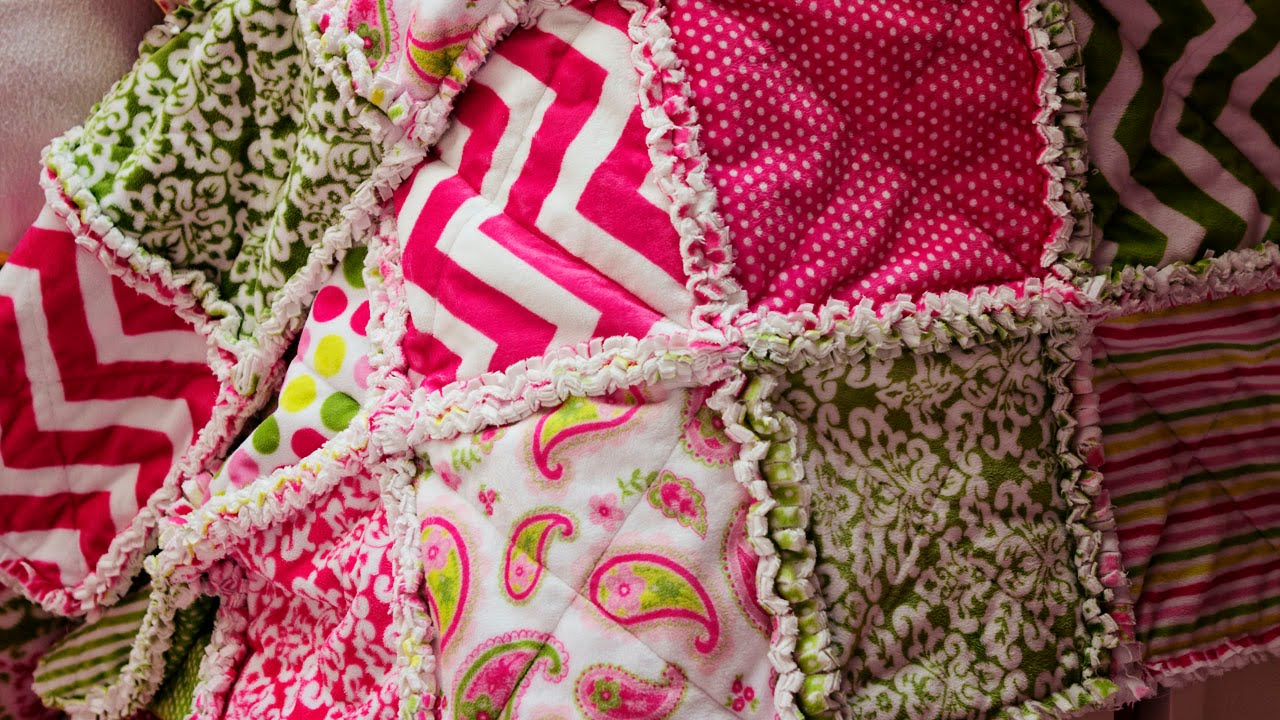

Articles
How Much Is It To Make A Quilt
Modified: January 24, 2024
Looking for articles on how much it would cost to make a quilt? Discover the factors that affect quilt-making expenses and find out the average price range for making your own beautiful quilt.
(Many of the links in this article redirect to a specific reviewed product. Your purchase of these products through affiliate links helps to generate commission for Storables.com, at no extra cost. Learn more)
Introduction
Quilting is a timeless craft that involves stitching together layers of fabric to create a warm and cozy quilt. Whether you’re a beginner or an experienced quilter, making your own quilt can be a rewarding and fulfilling project. Not only does it allow you to create a unique and personalized piece, but it also offers an opportunity to showcase your creativity and artistic flair.
In this article, we will guide you through the process of making a quilt and provide you with valuable tips and insights to help you create a beautiful and lasting quilt. From selecting the right fabric and choosing a quilt pattern to sewing the blocks and adding the finishing touches, we will cover all the essential steps involved in quilting.
Before we dive into the details, it’s important to note that quilting can be a time-consuming process that requires patience and attention to detail. However, with the right materials, techniques, and a little bit of practice, you’ll be able to create a quilt that you’ll be proud to call your own.
So, grab a cup of tea, roll up your sleeves, and let’s embark on this quilting adventure together!
Key Takeaways:
- Quilting is a creative journey that allows you to express your personal style and create a cherished heirloom. From choosing fabrics to adding the final touches, each step is an opportunity for growth and creativity.
- Proper care and attention to detail are essential for preserving the beauty and longevity of your quilt. Follow care instructions, add personal touches, and enjoy the satisfaction of creating something beautiful and meaningful.
Materials Needed for Making a Quilt
Before you start your quilting journey, it’s important to gather all the necessary materials. Here’s a list of the essential supplies you’ll need to make a quilt:
- Fabric: Choose high-quality quilting fabric in a variety of colors and patterns. Consider the type of quilt you want to make and select fabrics that complement each other.
- Quilt Batting: This is the layer that goes between the quilt top and quilt backing. There are different types of batting, such as cotton, polyester, and wool. Choose one that suits your preferences and the desired level of warmth for your quilt.
- Backing Fabric: This fabric will be used for the back of the quilt. Make sure it’s large enough to cover the entire quilt top with some extra for seam allowance.
- Thread: Select a high-quality thread that complements the colors of your fabric. Choose a thread specifically made for quilting, as it is stronger and blends well with the quilt layers.
- Quilting Needles: Invest in quilting needles of different sizes. These needles have a larger eye and a sharper point, making them suitable for hand quilting.
- Quilting Ruler: A clear, acrylic quilting ruler is essential for measuring, marking, and cutting precise fabric pieces. Choose one with clear markings and different shapes for versatility.
- Rotary Cutter: This tool allows you to cut fabric accurately and efficiently. Look for a rotary cutter with a comfortable grip and replaceable blades for smooth cutting.
- Cutting Mat: Protect your work surface and extend the life of your rotary cutter by using a self-healing cutting mat. Ensure it’s large enough to accommodate your fabric pieces.
- Pins: Quilting pins are used to hold fabric layers in place during the sewing process. Opt for long, thin pins that are easy to insert and remove without distorting the fabric.
- Quilting Hoops or Frames: These are optional but helpful tools for holding your quilt layers taut while hand quilting. Choose a hoop or frame that fits comfortably in your hand.
- Sewing Machine (optional): If you prefer machine quilting, ensure you have a reliable sewing machine with a quilting foot attachment for smooth stitching.
Having these materials on hand will set you up for quilting success and make the process much more enjoyable. Now that you’ve got your supplies ready, it’s time to move on to the next step: choosing the perfect fabric for your quilt!
Choosing the Fabric
The fabric you choose for your quilt plays a vital role in the overall look and feel of the finished project. Here are some tips to help you select the perfect fabric:
- Consider the Quilt Style: Think about the style and theme you want for your quilt. Are you going for a classic, traditional look or something more modern and vibrant? Consider the colors, patterns, and textures that will achieve your desired aesthetic.
- Coordinate Colors and Prints: When choosing fabrics, pay attention to the color scheme and coordination. Decide on a color palette or theme and select fabrics that complement each other. Mixing solids, prints, and textures can add interest and dimension to your quilt.
- Check Fabric Quality: Opt for high-quality quilting fabrics that are durable and easy to work with. Look for fabrics that have a tight weave and feel sturdy to the touch. Avoid fabrics that are too thin or stretchy, as they can be challenging to sew and may not hold up well over time.
- Consider Fabric Care: Think about the care requirements of the fabric. Some fabrics may need special treatment when it comes to washing and ironing. Consider whether you want fabrics that are machine washable or dry clean only, depending on your lifestyle and preferences.
- Get Swatches or Sample Packs: Many fabric stores offer swatches or sample packs that allow you to see and feel the fabric before making a purchase. This can be helpful in ensuring that the fabric meets your expectations in terms of color, texture, and quality.
- Personalize with Meaningful Fabrics: Consider incorporating fabrics that hold sentimental value or have personal meaning to you. This could be a piece of clothing, a cherished heirloom, or fabrics that reflect a special memory or theme. It adds a unique touch to your quilt and makes it even more special.
Remember, quilting is a creative outlet, and there are no hard and fast rules when it comes to fabric selection. Trust your instincts, experiment, and have fun with it! Go with fabrics that speak to you and evoke joy as you work on your quilt.
Once you’ve chosen the fabrics, the next step is determining the size of your quilt. Let’s explore that in the next section.
Determining the Quilt Size
Deciding on the size of your quilt is an important step in the quilting process, as it will determine how much fabric and batting you’ll need. Here are a few factors to consider when determining the quilt size:
- Intended Use: Think about the purpose of your quilt. Is it intended to be a lap quilt, bed quilt, or a wall hanging? The intended use will influence the size you choose. Measure the area where you plan to display or use the quilt to get an idea of the dimensions you need.
- Standard Sizes: If you’re making a quilt for a specific bed size, refer to standard mattress dimensions to ensure a good fit. Standard bed quilt sizes include twin, full, queen, and king. Keep in mind that beds and mattresses can vary in size, so it’s always best to measure your specific bed if possible.
- Design Considerations: The design of your quilt may also impact the size. If your quilt pattern has specific block sizes or repeats, consider how many blocks you want to include to achieve the desired look. You can sketch out the design on paper to get a better understanding of the overall size.
- Backing and Binding: Remember to account for the extra fabric needed for backing your quilt and binding the edges. Most quilters add a few inches of overhang on each side to ensure there’s enough fabric for these steps.
- Personal Preference: Ultimately, the size of your quilt should align with your personal preference. Some people prefer larger, statement quilts, while others prefer smaller, more intimate pieces. Consider what size will be most functional and enjoyable for you.
It’s important to note that there are no strict rules when it comes to quilt sizes. You have the freedom to create a quilt that fits your vision and meets your specific needs. Take the time to plan and measure, ensuring that you have the right dimensions before moving forward with your quilt-making process.
Now that you have determined the size of your quilt, the next step is to select a quilt pattern. We will explore various patterns in the next section.
Selecting a Quilt Pattern
The quilt pattern you choose will dictate the design and layout of your quilt. Whether you’re a beginner or an experienced quilter, there are countless patterns to choose from. Here are some factors to consider when selecting a quilt pattern:
- Skill Level: Assess your skill level and choose a pattern that aligns with your experience. If you’re a beginner, look for simple patterns with straightforward instructions. If you’re more advanced, challenge yourself with complex designs that involve intricate piecing or appliqué.
- Visual Appeal: Consider the overall look and aesthetic of the pattern. Do you prefer traditional, modern, or whimsical designs? Look for patterns that resonate with your personal style and reflect the mood or theme you want to convey through your quilt.
- Block Size and Layout: Pay attention to the size and layout of the quilt blocks in the pattern. Some patterns feature uniform blocks, while others may have variations in size or placement. Think about how the block size and layout will impact the overall feel of your quilt.
- Quilting Technique: Different patterns may involve different quilting techniques, such as patchwork, appliqué, or paper piecing. Decide which technique you want to explore or enhance your skills in, and choose a pattern that aligns with your desired technique.
- Pattern Source: Consider where you want to source your pattern from. You can find patterns in quilting books, magazines, online resources, or even design your own. There are also many free patterns available, as well as paid patterns from designers and pattern makers.
- Personalization Options: Some patterns allow for customization and personalization. If you want to add your own creative touch to the quilt, look for patterns that offer room for personalization through fabric choices, color variations, or extra design elements.
Take your time to explore different quilt patterns and find one that excites and inspires you. Don’t be afraid to try something new or step out of your comfort zone. Quilting is a journey of creativity and self-expression, and the pattern you choose will play a significant role in that journey.
Once you’ve selected a pattern, gather the additional supplies needed for your quilt-making adventure, which we will explore in the next section.
Read more: How To Make A Quilt
Gathering Additional Supplies
In addition to the basic materials needed for making a quilt, there are several additional supplies that will enhance the quilting process and ensure successful results. Here are some essential supplies to gather:
- Scissors: Invest in a good pair of fabric scissors for cutting thread, trimming fabric, and snipping corners. It’s also helpful to have a small pair of embroidery scissors for precise trimming.
- Marking Tools: Choose marking tools that are suitable for fabric and will not leave permanent marks. Options include fabric markers, tailor’s chalk, water-soluble pens, or quilting pencils.
- Iron and Ironing Board: A well-pressed quilt top and seams make a significant difference in the final appearance of your quilt. Have an iron with steam capability and a sturdy ironing board for pressing fabric throughout the quilting process.
- Pressing Aids: Consider using pressing aids such as pressing sprays or starch to achieve crisp and accurate seams. These aids can help control fabric distortion and make pressing more effective.
- Thimble: Protection for your finger is essential, especially during hand quilting. Select a thimble that fits comfortably on your finger and allows you to push the needle through layers of fabric with ease.
- Quilting Gloves: Quilting gloves provide better grip when maneuvering your quilt layers, especially during free-motion quilting. These gloves help reduce hand fatigue and improve control over your stitching.
- Quilting Templates or Stencils: If your quilt pattern requires specific shapes or designs, consider using quilting templates or stencils. These tools help you achieve precise and consistent shapes and designs.
- Safety Pins or Binding Clips: When assembling the layers of your quilt for quilting, you’ll need safety pins or binding clips to hold the layers together. Choose pins or clips that are large enough to secure the layers without distorting the fabric.
- Quilting Books or Tutorials: Invest in quilting books or access online tutorials to expand your knowledge and learn new techniques. These resources provide valuable guidance, inspiration, and helpful tips from experienced quilters.
Each of these additional supplies contributes to the efficiency, quality, and enjoyment of the quilting process. Take the time to gather them before you embark on your quilting project for a smooth and successful experience.
Now that you’re equipped with all the necessary supplies, it’s time to dive into the hands-on part of creating a quilt. In the next section, we’ll explore cutting and preparing the fabric pieces.
Cutting and Preparing the Fabric Pieces
The first step in bringing your quilt to life is cutting and preparing the fabric pieces. This process requires precision and careful attention to detail. Follow these steps to ensure accurate and well-prepared fabric pieces:
- Wash and Iron your Fabric: Before cutting, it’s recommended to pre-wash your fabric to remove any sizing or shrinkage. Follow the fabric’s care instructions. Once washed, iron the fabric to remove wrinkles and ensure a smooth cutting surface.
- Measure and Mark: Use your quilting ruler and marking tools to measure and mark the required dimensions for each fabric piece. Take your time and double-check your measurements to avoid mistakes.
- Align and Cut: Lay your fabric on a cutting mat and align the edges with the grid lines. Place your quilting ruler over the fabric, ensuring it lines up with your marked measurements. Use a rotary cutter to cut along the ruler’s edge, applying firm and even pressure.
- Organize Fabric Pieces: As you cut the fabric, organize the pieces by size and label them if necessary. This will make it easier to keep track of your fabric and ensure you have the correct pieces ready for assembly.
- Trimming and Squaring: After cutting the main fabric pieces, you may need to trim and square them to ensure they are uniform in size and have straight edges. Use your ruler and rotary cutter to trim any excess or uneven edges.
- Handle Bias Edges with Care: Some fabric pieces may have bias edges, which are more prone to stretching or warping. Handle these pieces with care to maintain their shape and prevent distortion during sewing.
Remember, accuracy is crucial when cutting and preparing fabric pieces. Take your time, work in a well-lit and clutter-free area, and always use proper cutting tools and techniques for optimal results.
Now that the fabric pieces are cut and prepared, it’s time to move on to the exciting step of sewing the quilt blocks. We’ll explore this in the next section.
When calculating the cost of making a quilt, consider the price of fabric, batting, thread, and any additional materials. Factor in your time and labor costs to determine the total expense.
Sewing the Quilt Blocks
Sewing the quilt blocks is where your quilt begins to take shape. This step involves piecing together the fabric pieces to create the individual blocks that will make up your quilt. Follow these steps to sew your quilt blocks:
- Refer to Your Quilt Pattern: Review your chosen quilt pattern for block assembly instructions. Familiarize yourself with the block layout, piecing techniques, and any specific measurements or seam allowances required.
- Arrange and Organize Fabric Pieces: Lay out the fabric pieces for your block according to the pattern. This will help you visualize the final design and ensure that you have all the necessary pieces before you start sewing.
- Take Your Time and Be Precise: Accuracy is crucial when sewing quilt blocks. Sew with a consistent seam allowance and pay attention to matching seams and corners for neat and precise block construction.
- Press Seam Allowances: After sewing each seam, press the seam allowances with an iron. Pressing helps set the stitches and creates crisp, flat seams. Press to one side or open, depending on your quilting pattern instructions.
- Trim Excess Threads and Fabric: Trim any excess threads or fabric as you go to keep your block clean and tidy. Be careful not to cut into your seam allowances or accidentally remove any necessary fabric.
- Repeat for Each Block: Continue sewing and assembling the quilt blocks following the pattern’s instructions. Take your time with each block, ensuring accuracy and high-quality construction.
Remember to take breaks and step back periodically to assess your work and make any necessary adjustments. Consistency and attention to detail during block assembly will contribute to a beautifully pieced quilt top.
Once all the blocks are sewn, it’s time to move on to the next step: assembling the quilt top. We’ll explore this in the following section.
Assembling the Quilt Top
Assembling the quilt top is the stage where you bring all your quilt blocks together to create the overall design of your quilt. Follow these steps to successfully assemble your quilt top:
- Prepare Your Workspace: Clear a large, flat surface where you can lay out and arrange your quilt blocks. Ensure the area is clean and free from dust or debris that could transfer onto your fabric.
- Plan the Layout: Experiment with different arrangements of your quilt blocks to find the design that is most visually appealing to you. Consider factors such as color placement, block orientation, and overall balance within the quilt top.
- Organize and Label Blocks: As you settle on a layout, organize and label your blocks to keep track of their position. This will make the assembly process much simpler and prevent any confusion or mistakes.
- Sew Blocks Together: With your layout finalized, start sewing the quilt blocks together row by row. Take care to align the seams accurately and maintain an even seam allowance throughout the entire assembly process.
- Press Seams: After sewing each row, press the seam allowances in the desired direction. This will help the quilt top lie flat and create even quilting lines when it comes time to baste and quilt the layers together.
- Join Rows and Press Again: Once you have sewn all the rows together, join them to complete the quilt top. Press the seam allowances between rows, ensuring they are flat and well-pressed.
As you assemble the quilt top, take your time to ensure accuracy and precision. Double-checking seam alignments, using quilting pins to hold pieces in place, and pressing the fabric at each step will yield a professional-looking quilt top.
With the quilt top assembled, the next step is to add the batting and backing layers to create a quilt sandwich. We will explore this process in the next section.
Read more: How To Make A Label For A Quilt
Adding Batting and Backing
Adding batting and backing to your quilt top is an important step in creating a cozy and durable quilt. This process creates a quilt sandwich, with the batting in the middle providing warmth and the backing fabric serving as the final layer. Follow these steps to add batting and backing to your quilt:
- Prepare the Batting: Measure and cut your batting to fit the dimensions of your quilt top. Ensure the batting is slightly larger than the quilt top to account for any shifting during the quilting process.
- Prepare the Backing Fabric: Measure and cut your backing fabric, ensuring it is larger than the quilt top and batting. It should have a few extra inches on all sides for seam allowance and adjustments during the quilting process.
- Layer the Quilt: Lay the backing fabric right side down on a clean, flat surface. Smooth out any wrinkles or creases. Place the batting on top of the backing fabric, centered and aligned with the edges. Finally, carefully place the quilt top right side up on top of the batting.
- Smooth and Secure the Layers: Starting from the center and working outward, smooth out the layers of the quilt. Take care to ensure there are no wrinkles or puckers. You can use quilting pins, temporary adhesive spray, or safety pins to hold the layers together and prevent shifting during the quilting process.
- Trim Excess Fabric: Trim the excess batting and backing fabric, leaving a border of about 1-2 inches around the edges of the quilt top. This will allow you to add the binding later on.
Once the batting and backing are added and secured, your quilt is now ready for the quilting stage. The layers are prepped and ready to be stitched together, creating the intricate design and texture that makes a quilt so special.
In the next section, we will explore the process of quilting the layers together, adding the final touch to your quilt.
Quilting the Layers Together
Quilting the layers together is a crucial step that not only enhances the structural integrity of your quilt but also adds depth and texture to the overall design. There are various methods you can use to quilt your layers together. Here are a few popular techniques:
- Hand Quilting: Hand quilting is a traditional and time-honored method that involves stitching through all the layers by hand. Choose a quilting needle and thread appropriate for your desired quilting style, and use a thimble to protect your finger as you stitch. Hand quilting allows for intricate designs and a more personal touch.
- Machine Quilting: Machine quilting involves using a sewing machine to stitch the layers together. You can use various techniques, such as straight-line quilting, free-motion quilting, or using a walking foot attachment for even feeding. Machine quilting can be faster and more suitable for quilts with larger designs or patterns.
- Long-Arm Quilting: If you prefer to have your quilt professionally quilted, you can send it to a long-arm quilter. Long-arm quilters use specialized machines to stitch intricate quilting patterns onto your quilt. This option is ideal for those who want precise and elaborate quilting designs but may come at an additional cost.
Whichever quilting method you choose, here are a few general tips to keep in mind:
- Start from the center and work your way outwards to minimize any fabric distortion or stretching.
- Secure the layers with marking tools, quilting pins, or machine basting stitches to prevent shifting as you quilt.
- Practice your quilting stitches on scrap fabric or quilt samplers to refine your technique and ensure desired tension and stitch length.
Remember that quilting is an opportunity to add your personal touch, so allow yourself to be creative and experiment with different quilting designs and motifs. The quilting process brings your quilt to life and adds the finishing touch that completes the overall look and feel of your project.
Once the layers are quilted together, it’s time to add the final element: binding. We will explore this step in the next section.
Binding the Quilt Edges
Binding is the final step in completing your quilt. It not only provides a finished look to the edges but also adds durability and secures the layers together. Follow these steps to bind the quilt edges:
- Prepare Binding Strips: Cut your binding fabric into strips, typically 2.5 to 3 inches wide. Join the strips together to create a long continuous strip, ensuring the ends are at a 45-degree angle.
- Calculate Binding Length: Measure the perimeter of your quilt to determine the required length for the binding. Add a few extra inches to account for corners and overlapping ends.
- Press and Fold Binding: Fold the binding strip in half lengthwise, wrong sides together, and press it with an iron. This will create a neat and finished edge.
- Attach Binding to Quilt: Starting in the middle of one side of the quilt, align the raw edges of the binding with the raw edges of the quilt. Leave a few inches of binding unstitched at the beginning. Use quilting clips or pins to secure the binding in place.
- Sew the Binding: Sew the binding to the quilt using a ¼ inch seam allowance. Take care to pivot at corners and fold the binding neatly to create mitered corners. Continue sewing until you reach a few inches away from the starting point.
- Join Binding Ends: Trim the excess binding, leaving about ½ inch overlapping the starting point. Open both ends of the binding strips and place them right sides together. Sew a diagonal seam to join the ends, trim the excess, and press the seam open.
- Finish Sewing Binding: Fold the binding over the quilt edge, encasing the raw edges. Hand stitch the binding to the back of the quilt using a blind or whipstitch. Take care to ensure your stitches are invisible from the front.
Binding provides a polished and professional finish to your quilt, so take your time and ensure your stitches are neat and well-executed. Once the binding is sewn, give your quilt a final press, and admire your completed masterpiece!
Now that your quilt is finished and ready to be enjoyed, let’s discuss some final touches and care instructions in the next section.
Finishing Touches and Care Instructions
With your quilt completed, you can add some final touches to enhance its beauty and ensure its longevity. Additionally, understanding how to care for your quilt will help preserve its appearance and keep it in excellent condition. Here are some finishing touches and care instructions to consider:
- Label Your Quilt: Add a personalized label to your quilt that includes your name, the date, and any other relevant information. This small touch adds a sentimental value and serves as a reminder of your creative journey.
- Embellishment and Embroidery: If desired, you can further enhance your quilt by adding decorative elements such as embroidery, appliqué, or embellishments like buttons or beads. Be mindful of the stability and washability of these additions.
- Quilt Hanging Sleeve: If you plan to hang your quilt as a wall hanging, consider adding a hanging sleeve to the back of the quilt. This sleeve allows you to insert a dowel or rod for displaying your quilt.
- Care Instructions: Proper care is essential to maintain the beauty and longevity of your quilt. Follow these general care instructions:
Washing: Machine wash your quilt on a gentle cycle, using a mild detergent specifically for delicate fabrics. If your quilt is heavily quilted or contains delicate fabrics, consider hand washing instead. Avoid harsh detergents, bleach, or fabric softeners.
Drying: Air drying or laying your quilt flat to dry is recommended to prevent distortion or stretching. Avoid wringing or twisting the quilt, as this can damage the fabric and stitching.
Storage: When not in use, store your quilt in a cool, dry place, away from direct sunlight to minimize fading. Avoid folding your quilt too tightly to prevent creases. Consider storing it in a breathable cotton bag or wrapping it in acid-free tissue paper to protect it from dust and pests.
Spot Cleaning and Stain Removal: Attend to spills or stains promptly by gently blotting the affected area with a clean cloth. Avoid rubbing or scrubbing, as this can worsen the stain. If necessary, consult a professional cleaner experienced in handling quilts.
Periodic Inspections: Regularly inspect your quilt for loose threads, loose or missing stitches, or any signs of wear. Repair any issues promptly to prevent further damage and ensure the longevity of your quilt.
By following these care instructions and giving your quilt the attention it deserves, you can enjoy its beauty for years to come.
Congratulations on completing your quilt! You’ve embarked on a creative journey that resulted in a beautiful and functional work of art. Whether it’s for decoration, warmth, or a heartfelt gift, your handmade quilt is a testament to your skill and creativity.
Remember to take pride in your accomplishment and continue to explore and expand your quilting abilities. Happy quilting!
Read more: How To Make A Quilt With Squares
Conclusion
Making a quilt is a labor of love that allows you to unleash your creativity and create a cherished heirloom. From choosing the fabric and selecting a pattern to sewing the blocks and adding the finishing touches, every step in the quilting process is an opportunity to express your personal style and make something truly unique.
Throughout this article, we’ve covered the essential materials, techniques, and tips to guide you through the quilting journey. By carefully selecting high-quality fabrics, measuring and cutting with precision, sewing with attention to detail, and adding the final touches, you can create a stunning quilt that will be treasured for generations.
Remember, quilting is a journey, and each quilt you make is a testament to your growth and creativity as a quilter. Don’t be afraid to experiment with colors, patterns, and designs, and let your imagination guide you. Whether you’re a beginner or an experienced quilter, there’s always something new to learn and discover.
As you embark on your next quilting project, enjoy the process of bringing your vision to life. Take your time, savor each stitch, and relish in the satisfaction of creating something beautiful and meaningful. And remember, the joy of quilting lies not only in the final product but also in the memories and stories woven into every fabric square.
So gather your materials, unleash your creativity, and let your quilting adventure begin. Happy quilting!
Frequently Asked Questions about How Much Is It To Make A Quilt
Was this page helpful?
At Storables.com, we guarantee accurate and reliable information. Our content, validated by Expert Board Contributors, is crafted following stringent Editorial Policies. We're committed to providing you with well-researched, expert-backed insights for all your informational needs.
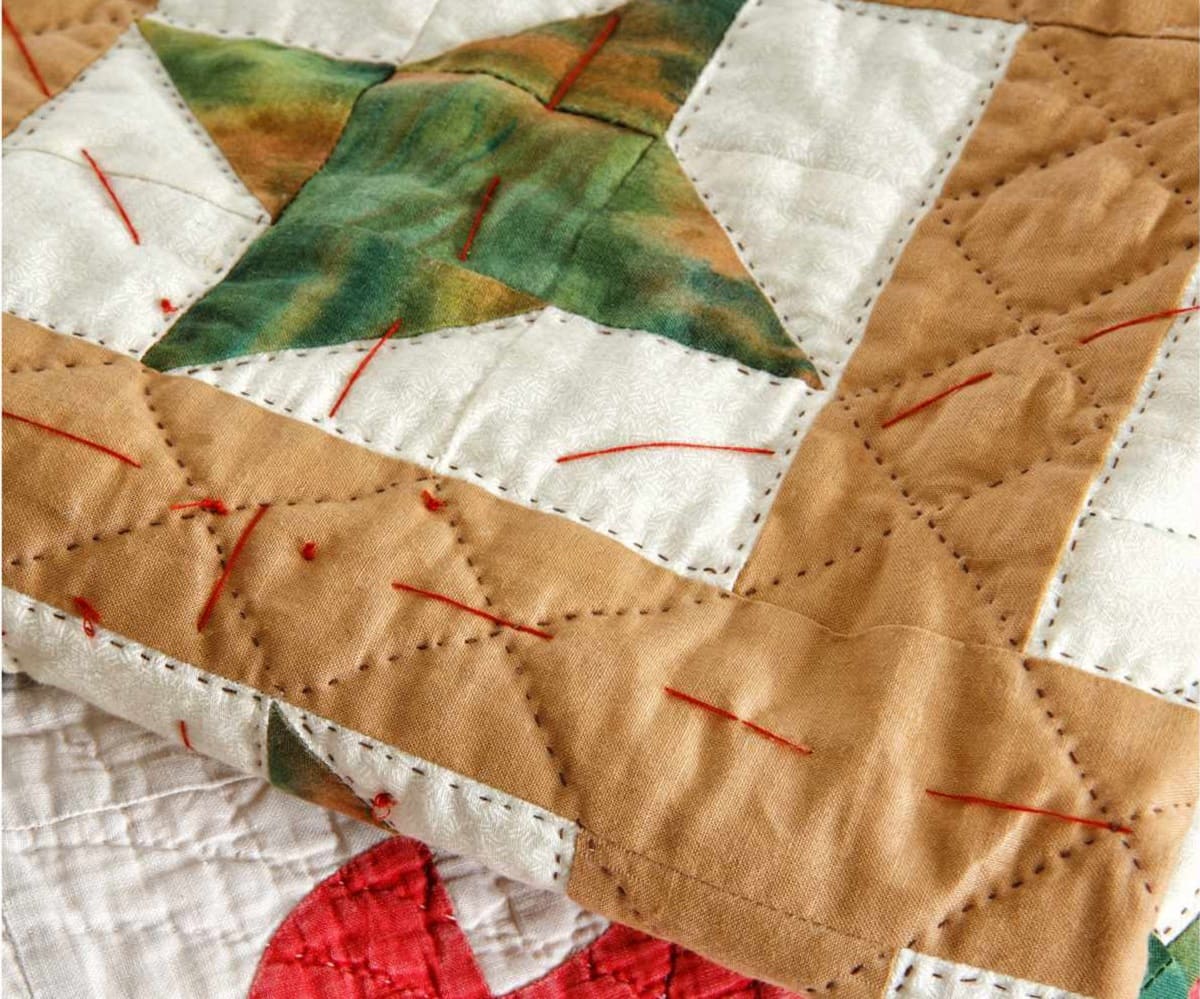
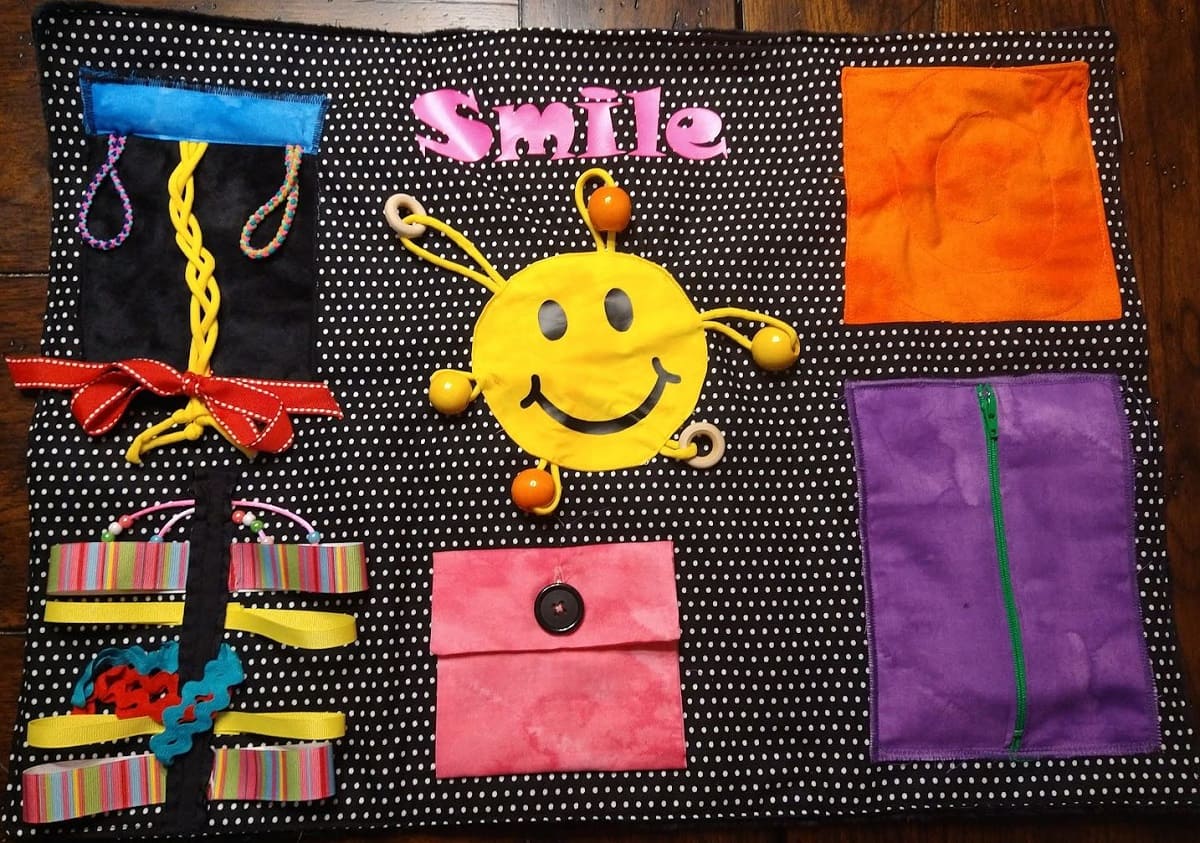
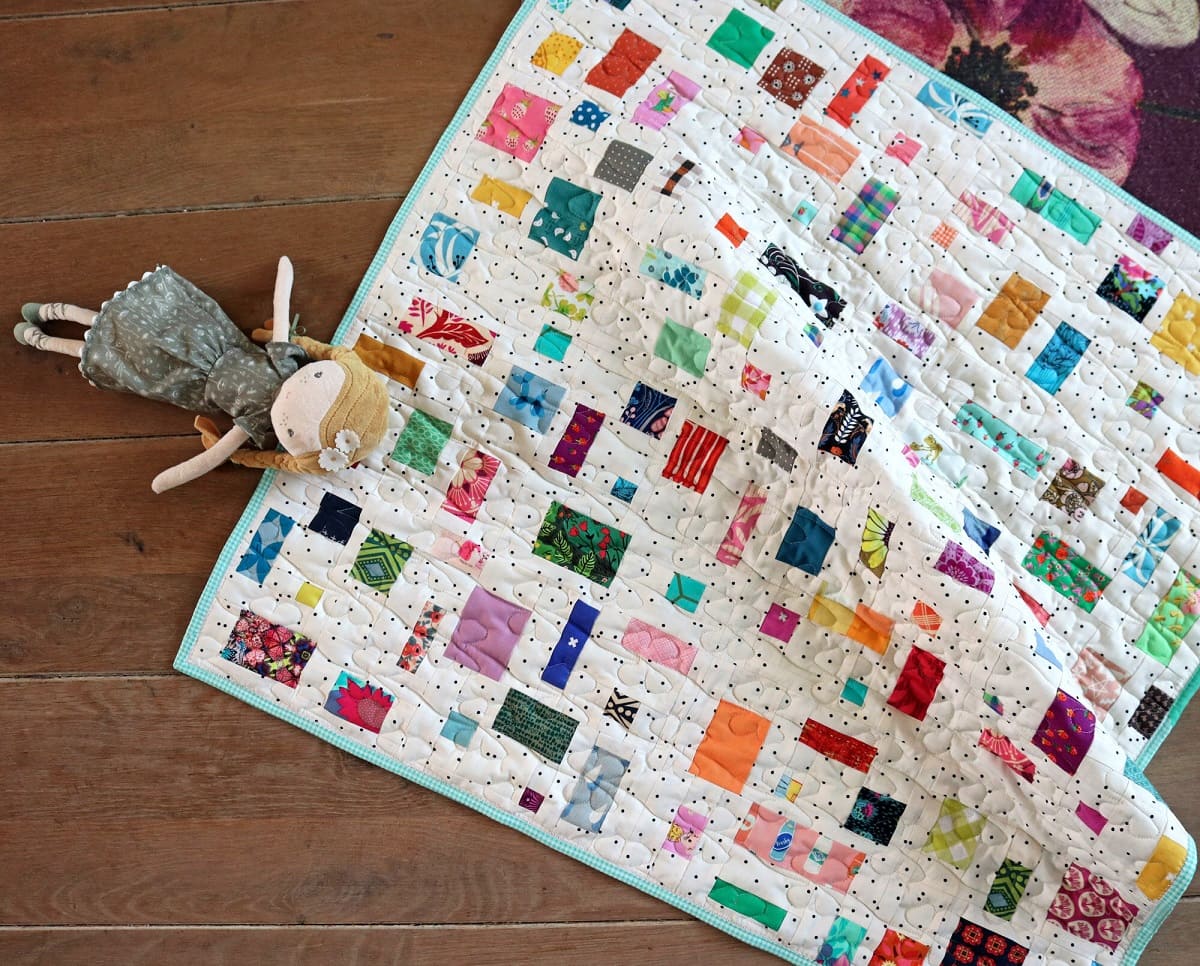
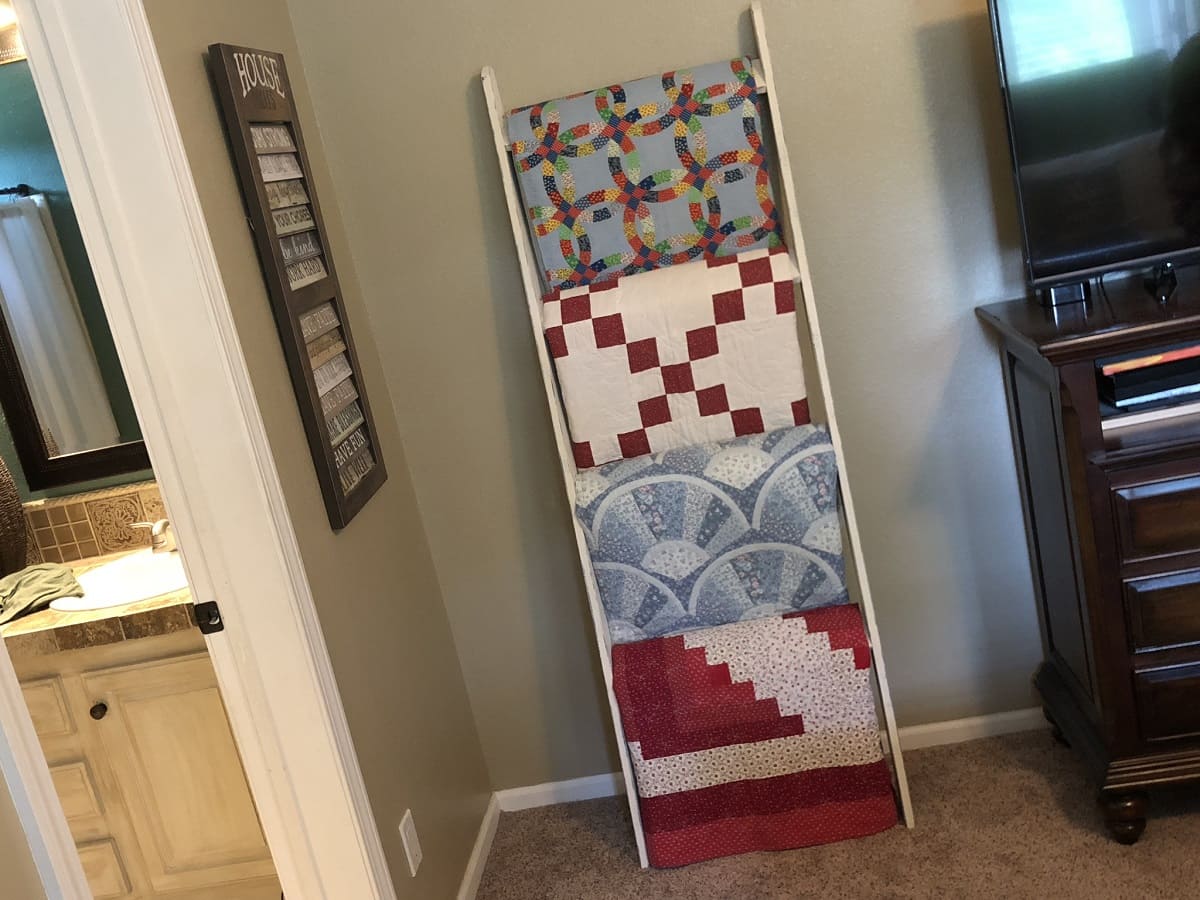
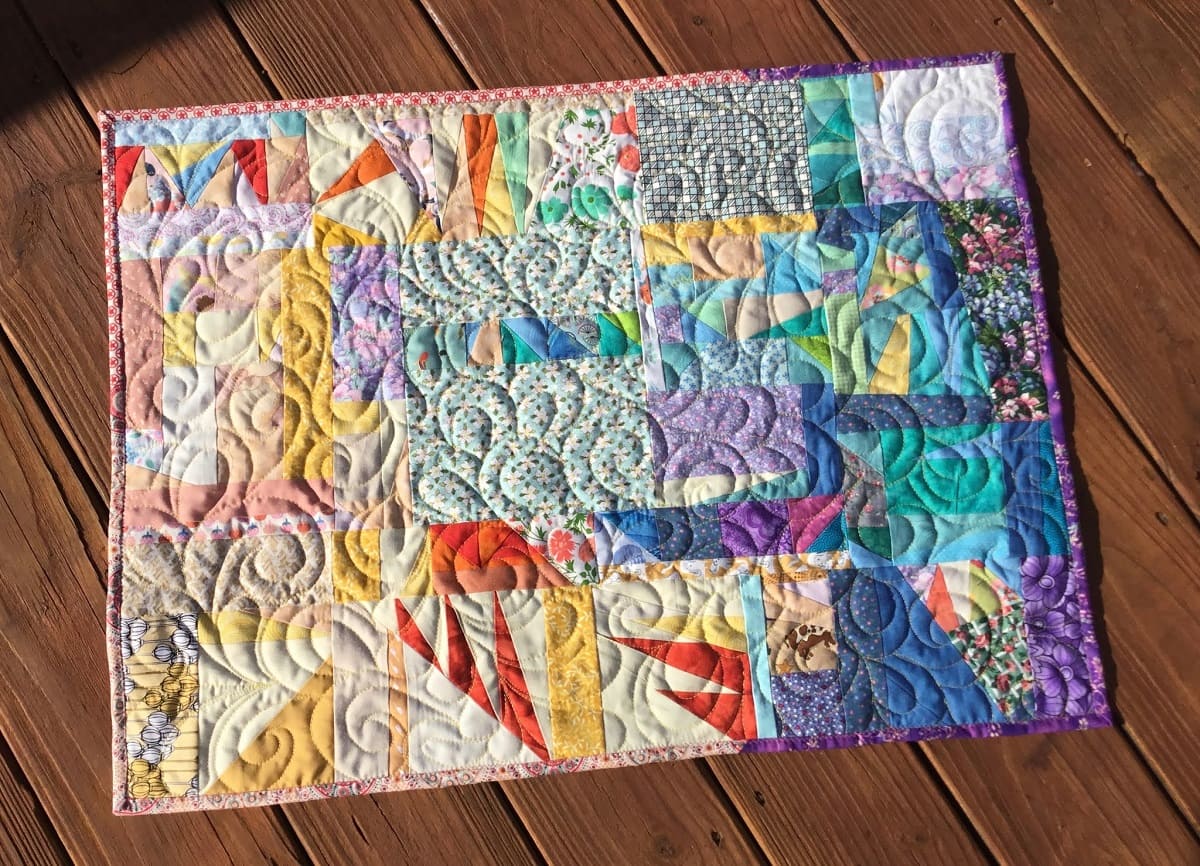
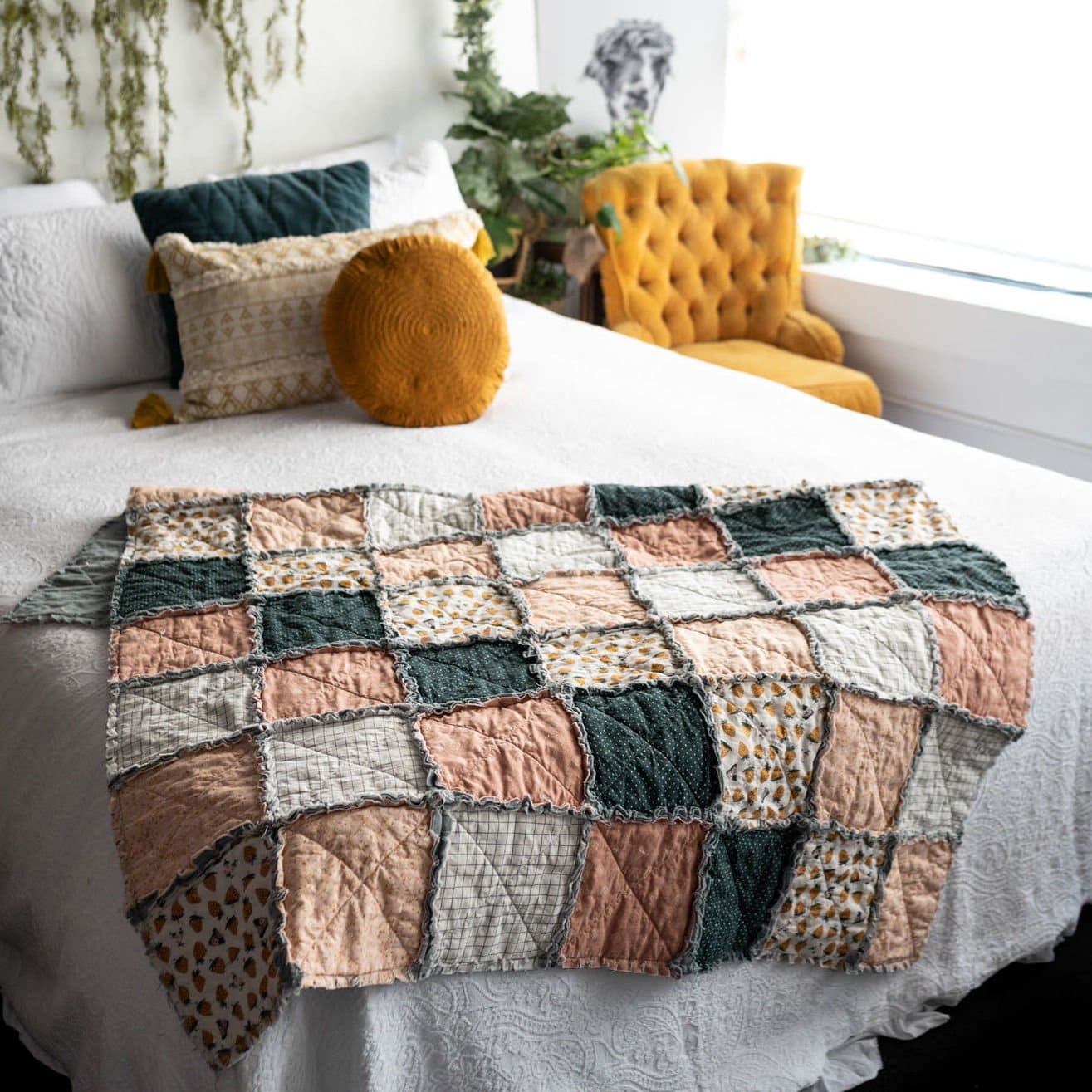
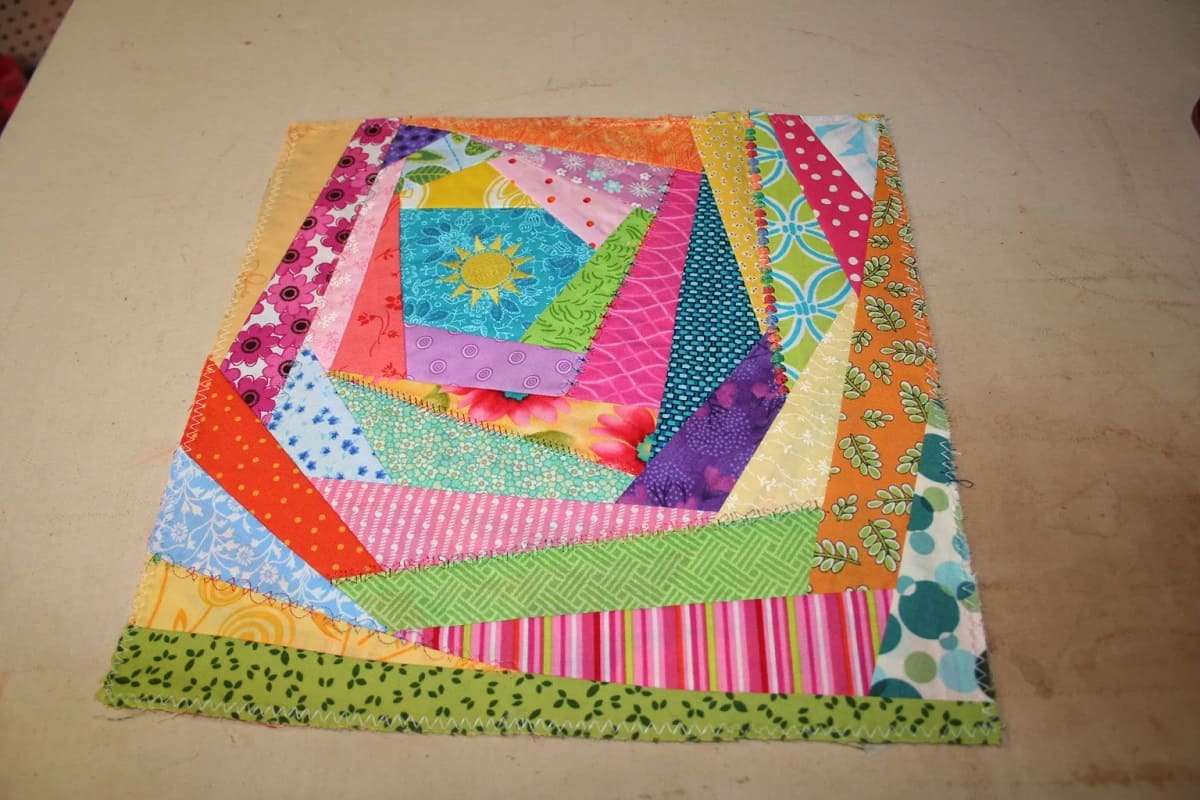
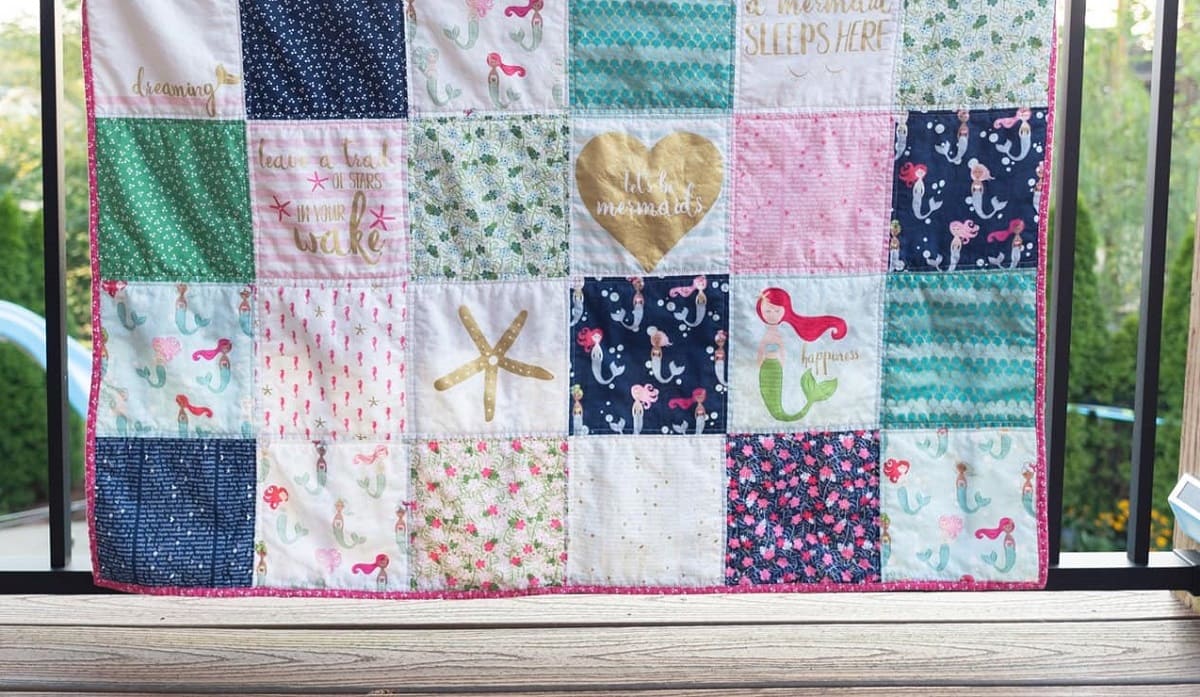
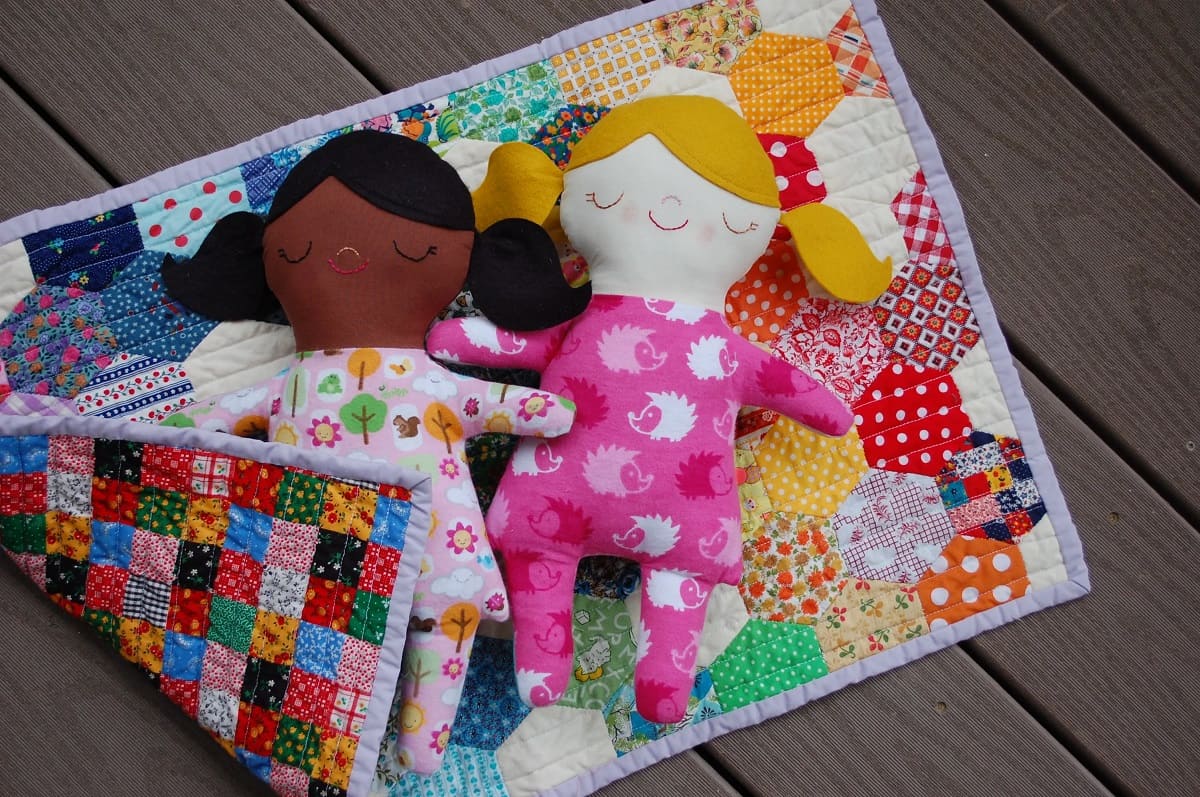
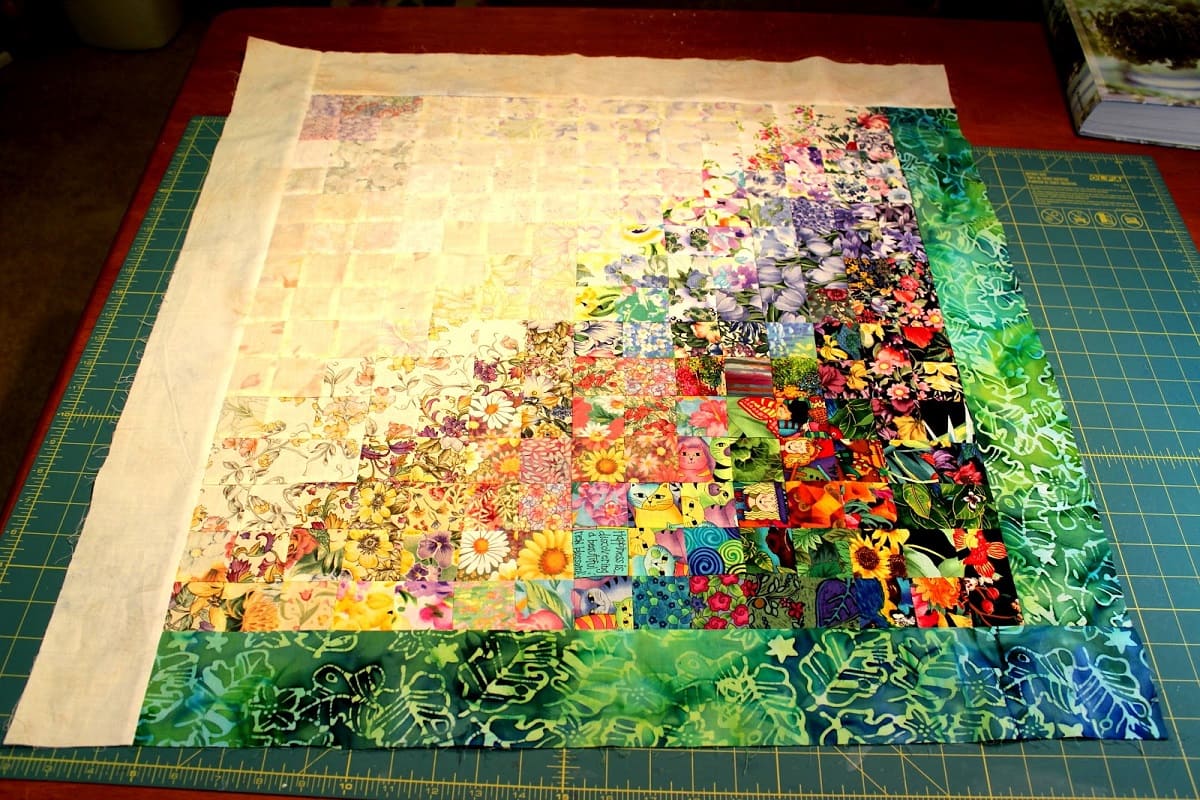
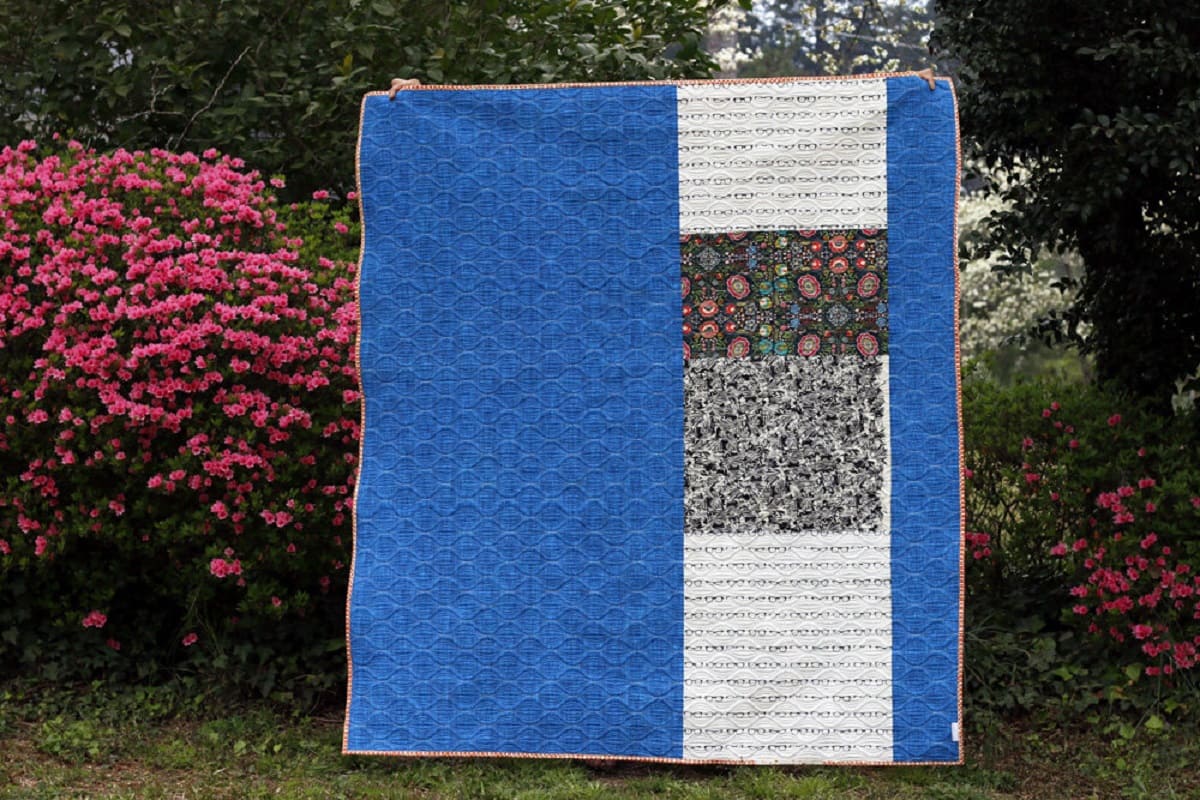
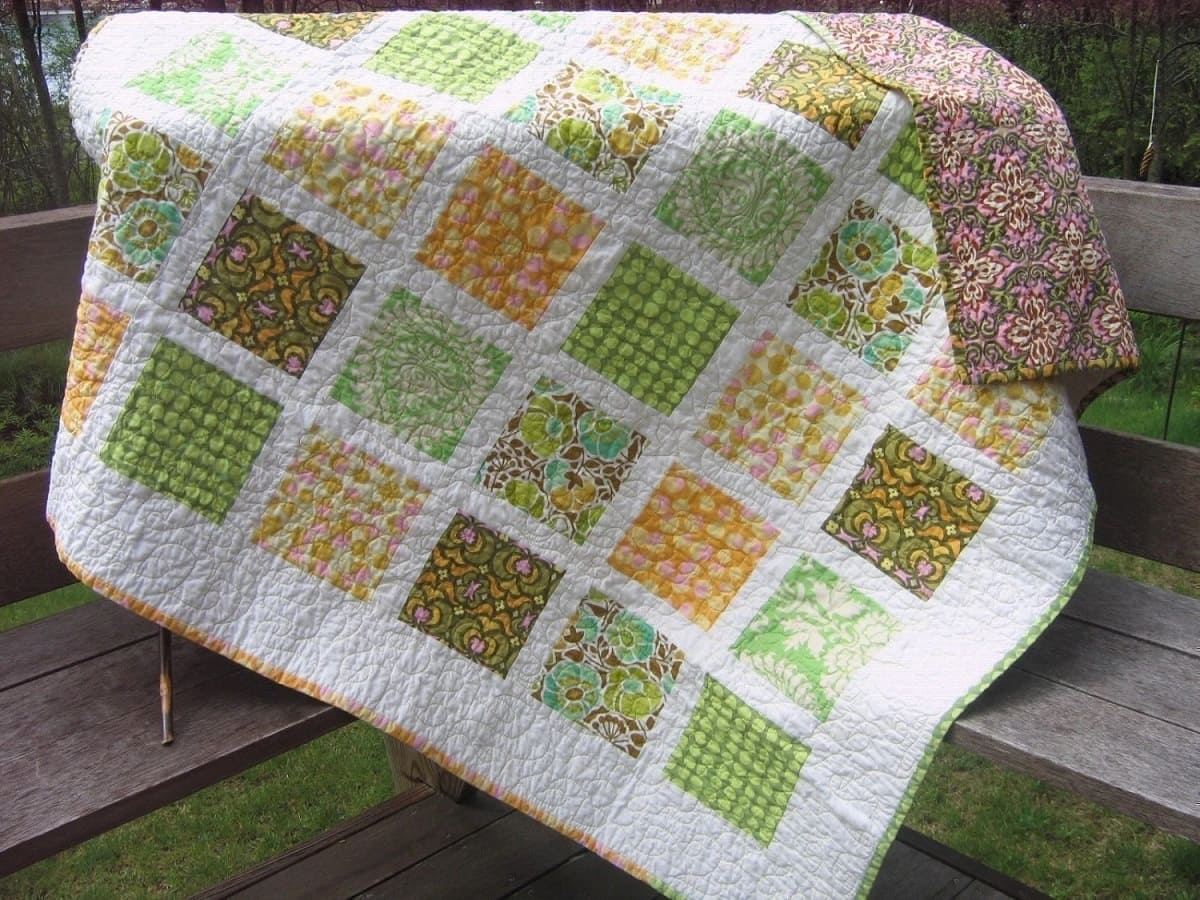

0 thoughts on “How Much Is It To Make A Quilt”